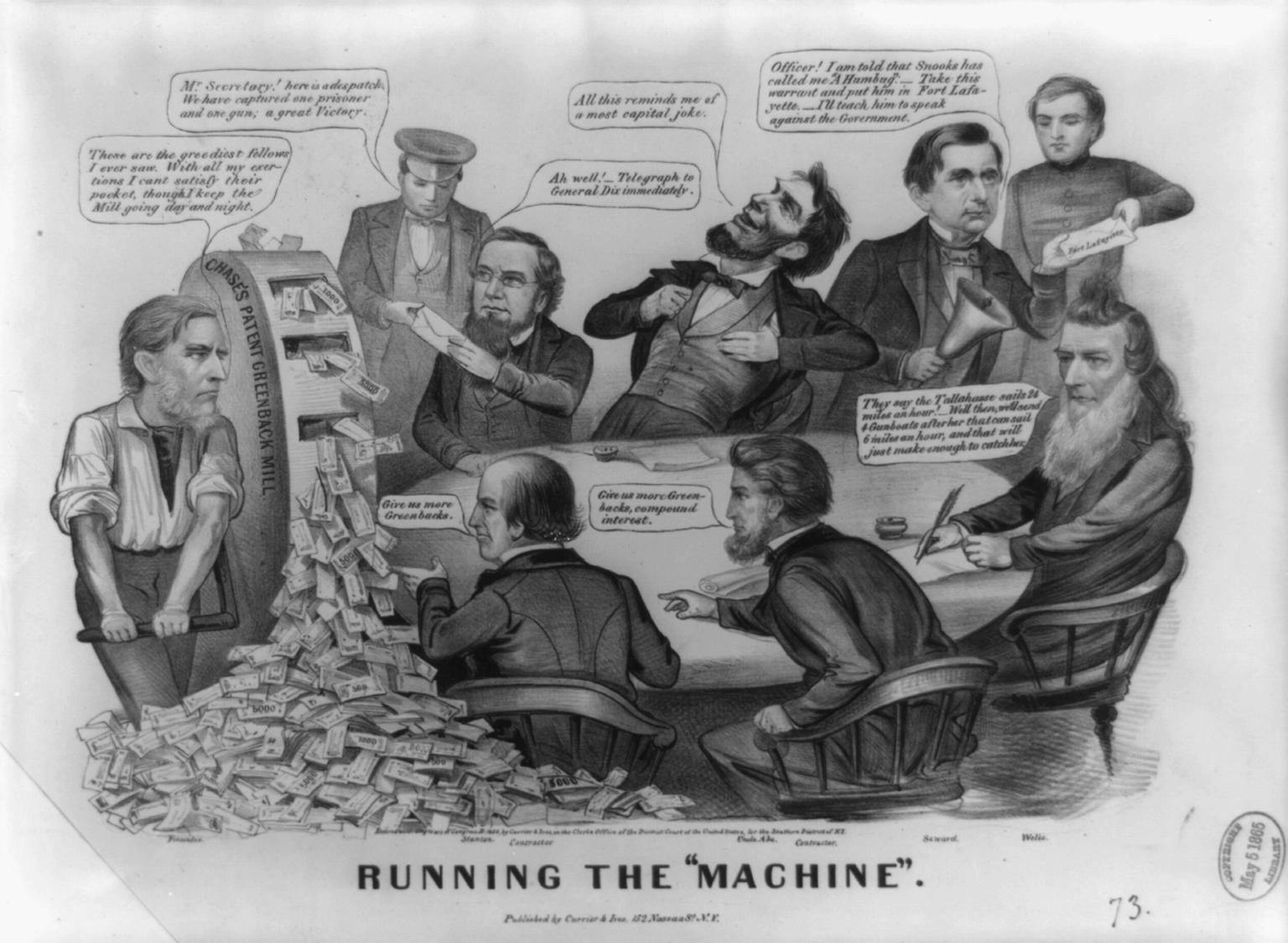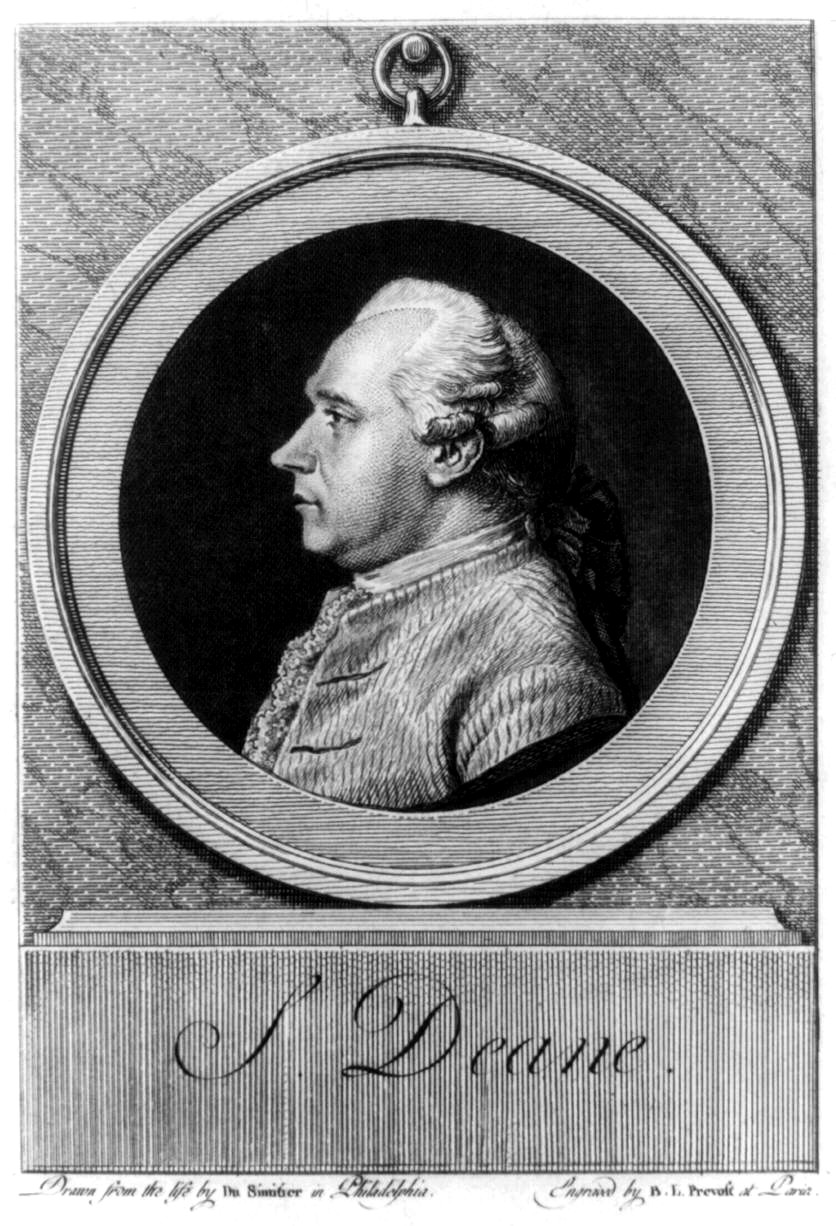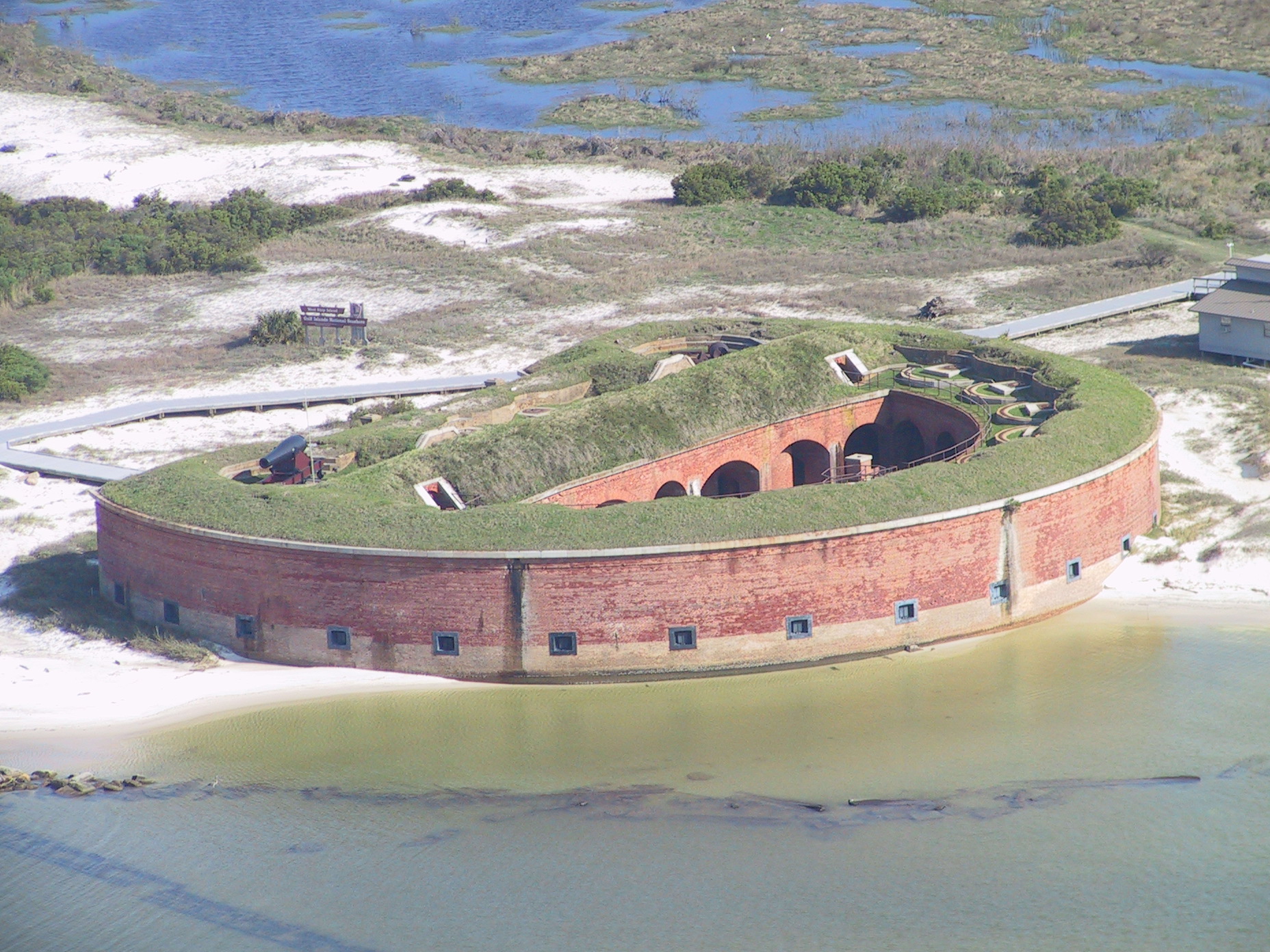|
CSS Selma (1856)
CSS ''Selma'' was a steamship in the Confederate States Navy during the American Civil War. She served in the Confederate Navy first as ''Florida'', and later as ''Selma''. She was captured by the Union Navy steamer USS ''Metacomet'' during the Battle of Mobile Bay. She served as USS ''Selma'' until the end of the war, when she was decommissioned and sold for use as a merchant ship. Construction and conversion ''Selma'' was built as the coastwise packet ''Florida'' at Mobile, Alabama in 1856 for the Mobile Mail Line. She was inspected and accepted by Captain Lawrence Rousseau, CSN, on April 22, 1861, acquired by the Confederacy in June, cut down and strengthened by hog frames and armed as a gunboat — all, apparently, in the Lake Pontchartrain area. Her upper deck was plated at this time with ⅜ inch iron, partially protecting her boilers, of the low pressure type preferred for fuel economy and greater safety in battle. CSS ''Florida'' is cited on November 12, 1861 as alre ... [...More Info...] [...Related Items...] OR: [Wikipedia] [Google] [Baidu] |
Florida
Florida is a state located in the Southeastern region of the United States. Florida is bordered to the west by the Gulf of Mexico, to the northwest by Alabama, to the north by Georgia, to the east by the Bahamas and Atlantic Ocean, and to the south by the Straits of Florida and Cuba; it is the only state that borders both the Gulf of Mexico and the Atlantic Ocean. Spanning , Florida ranks 22nd in area among the 50 states, and with a population of over 21 million, it is the third-most populous. The state capital is Tallahassee, and the most populous city is Jacksonville. The Miami metropolitan area, with a population of almost 6.2 million, is the most populous urban area in Florida and the ninth-most populous in the United States; other urban conurbations with over one million people are Tampa Bay, Orlando, and Jacksonville. Various Native American groups have inhabited Florida for at least 14,000 years. In 1513, Spanish explorer Juan Ponce de León became the first k ... [...More Info...] [...Related Items...] OR: [Wikipedia] [Google] [Baidu] |
Charles W
The F/V ''Charles W'', also known as Annie J Larsen, is a historic fishing schooner anchored in Petersburg, Alaska. At the time of its retirement in 2000, it was the oldest fishing vessel in the fishing fleet of Southeast Alaska, and the only known wooden fishing vessel in the entire state still in active service. Launched in 1907, she was first used in the halibut fisheries of Puget Sound and the Bering Sea as the ''Annie J Larsen''. In 1925 she was purchased by the Alaska Glacier Seafood Company, refitted for shrimp trawling, and renamed ''Charles W'' in honor of owner Karl Sifferman's father. The company was one of the pioneers of the local shrimp fishery, a business it began to phase out due to increasing competition in the 1970s. The ''Charles W'' was the last of the company's fleet of ships, which numbered twelve at its height. The boat was acquired in 2002 by the nonprofit Friends of the ''Charles W''. The boat was listed on the National Register of Historic Places in ... [...More Info...] [...Related Items...] OR: [Wikipedia] [Google] [Baidu] |
Gideon Welles
Gideon Welles (July 1, 1802 – February 11, 1878), nicknamed "Father Neptune", was the United States Secretary of the Navy from 1861 to 1869, a cabinet post he was awarded after supporting Abraham Lincoln in the 1860 election. Although opposed to the Union blockade of Southern ports, he duly carried out his part of the Anaconda Plan, largely sealing off the Confederate coastline and preventing the exchange of cotton for war supplies. This is viewed as a major cause of Union victory in the Civil War, and his achievement in expanding the Navy almost tenfold was widely praised. Welles was also instrumental in the Navy's creation of the Medal of Honor. Early political career Gideon Welles, the son of Samuel Welles and Ann Hale, was born on July 1, 1802, in Glastonbury, Connecticut. His father was a shipping merchant and fervent Jeffersonian; he was a member of the Convention, which formed the first state Connecticut Constitution in 1818 that abolished the colonial charter and offi ... [...More Info...] [...Related Items...] OR: [Wikipedia] [Google] [Baidu] |
United States Secretary Of The Navy
The secretary of the Navy (or SECNAV) is a statutory officer () and the head (chief executive officer) of the United States Department of the Navy, Department of the Navy, a military department (component organization) within the United States Department of Defense. By law, the secretary of the Navy must civilian control of the military, be a civilian at least five years removed from active military service. The secretary is appointed by the President of the United States, president and requires confirmation by the United States Senate, Senate. The secretary of the Navy was, from its creation in 1798, a member of the president's United States Cabinet, Cabinet until 1949, when the secretary of the Navy (and the secretaries of the United States Secretary of the Army, Army and United States Secretary of the Air Force, Air Force) were by amendments to the National Security Act of 1947 made subordinate to the United States Secretary of Defense, secretary of defense. On August 7, 202 ... [...More Info...] [...Related Items...] OR: [Wikipedia] [Google] [Baidu] |
James Edward Jouett
Rear Admiral James Edward Jouett (7 February 1826 – 30 September 1902), known as "Fighting Jim Jouett of the American Navy", was an officer in the United States Navy during the Mexican–American War and the American Civil War. His father was Matthew Harris Jouett, a notable painter, and his grandfather was Revolutionary War hero Jack Jouett. Biography Born near Lexington, Kentucky, Jouett was appointed midshipman 10 September 1841. He served on the African coast on the ''Decatur'' with Matthew C. Perry and on the ''John Adams'' during the Mexican–American War. American Civil War At the beginning of the Civil War, Jouett was captured by Confederates at Pensacola, Florida, but was soon paroled. He then joined the blockading forces off Galveston, Texas, distinguishing himself during the night of 7/8 November 1861 in the capture and destruction of Confederate schooner ''Royal Yacht'', while serving on USS ''Santee''. Jouett later commanded the ''Montgomery'' and ''R. R. C ... [...More Info...] [...Related Items...] OR: [Wikipedia] [Google] [Baidu] |
CSS Pamlico
CSS ''Pamlico'' was a sidewheel steamer that served in the Confederate States Navy during the early stages of the American Civil War. Originally a passenger vessel on Lake Pontchartrain, she was purchased by Confederate authorities on July 10, 1861, and converted into a gunboat. She participated in two minor naval actions in the vicinities of Horn Island and Ship Island in December, before taking part in two more small battles defending the Pass Christian area in March and April 1862. In late April, Union Navy ships passed the defenses of New Orleans, Louisiana. After ferrying Confederate troops out of the city, ''Pamlico'' was burned by her crew on Lake Pontchartrain on April 25 to prevent capture. Service history Civilian service and conversion A sidewheel steamer, ''Pamlico'' was built in 1856 in New York City, and was based out of the New Orleans, Louisiana area. In early July 1861, she was advertised as making passenger trips between the Louisiana towns of Mandeville, ... [...More Info...] [...Related Items...] OR: [Wikipedia] [Google] [Baidu] |
William McKean
William Wister McKean (19 September 1800 – 22 April 1865) was an admiral in the United States Navy during the American Civil War. He was noted for his service in the Union blockade that effectively closed Confederate seaports in the Gulf of Mexico. Biography Born in Pennsylvania, McKean was the grandson of Thomas McKean, the governor of that state. William Wister McKean was appointed midshipman on 30 November 1814. He served in the Navy from the War of 1812 to the Civil War, when he rose to the rank of flag officer in command of the Gulf Blockading Squadron in early 1862 and later the East Gulf Blockading Squadron. McKean was relieved from active duty on 4 June 1862. McKean died at Binghamton, New York Binghamton () is a city in the U.S. state of New York, and serves as the county seat of Broome County. Surrounded by rolling hills, it lies in the state's Southern Tier region near the Pennsylvania border, in a bowl-shaped valley at the conflue ..., 22 April 1865. Dates of ... [...More Info...] [...Related Items...] OR: [Wikipedia] [Google] [Baidu] |
Flag Officer
A flag officer is a commissioned officer in a nation's armed forces senior enough to be entitled to fly a flag to mark the position from which the officer exercises command. The term is used differently in different countries: *In many countries, a flag officer is a senior officer of the navy, specifically those who hold any of the admiral ranks; the term may or may not include the rank of commodore. *In some countries, such as the United States, India, and Bangladesh it may apply to all armed forces, not just the navy. This means generals can also be considered flag officers. *In most Arab armies, ''liwa'' (Arabic: لواء), which can be translated as flag officer, is a specific rank, equivalent to a major general. However, "ensign" is debatably a more exact translation of the word. In principle, a flag officer commands several units called "flags" (or "ensigns") (i.e. brigades). General usage The generic title of flag officer is used in many modern navies and coast guards ... [...More Info...] [...Related Items...] OR: [Wikipedia] [Google] [Baidu] |
Levin M
{{disambig ...
Levin may refer to: * Levin (given name) * Levin (surname) * Levin, New Zealand, a town in southern North Island * Toyota Corolla Levin, an automobile * Levin (guitar company), Sweden * Konstantin Dmitrievitch Levin, a character in Tolstoy's Anna Karenina * Lewyn, a playable character in '' Fire Emblem: Genealogy of the Holy War'', named Levin in Japan See also * Leven (other) * Levine * Levinz, a surname * Anatol Lieven * Lieven * Elia Levita Elia Levita (13 February 146928 January 1549) ( he, אליהו בן אשר הלוי אשכנזי), also known as Elijah Levita, Elias Levita, Élie Lévita, Elia Levita Ashkenazi, Eliahu Levita, Eliyahu haBahur ("Elijah the Bachelor"), Elye Bok ... [...More Info...] [...Related Items...] OR: [Wikipedia] [Google] [Baidu] |
Commander
Commander (commonly abbreviated as Cmdr.) is a common naval officer rank. Commander is also used as a rank or title in other formal organizations, including several police forces. In several countries this naval rank is termed frigate captain. Commander is also a generic term for an officer commanding any armed forces unit, for example "platoon commander", "brigade commander" and "squadron commander". In the police, terms such as "borough commander" and "incident commander" are used. Commander as a naval and air force rank Commander is a rank used in navies but is very rarely used as a rank in armies. The title, originally "master and commander", originated in the 18th century to describe naval officers who commanded ships of war too large to be commanded by a lieutenant but too small to warrant the assignment of a post-captain and (before about 1770) a sailing master; the commanding officer served as his own master. In practice, these were usually unrated sloops-of-war of no ... [...More Info...] [...Related Items...] OR: [Wikipedia] [Google] [Baidu] |
Ship Island
Ship Island is a barrier island off the Gulf Coast of Mississippi, one of the Mississippi–Alabama barrier islands. Hurricane Camille split the island into two separate islands (West Ship Island and East Ship Island) in 1969. In early 2019, the US Army Corps of Engineers completed the first stage of a project rejoining the two islands and recreating one Ship Island. Ship Island is the site of Fort Massachusetts (built 1859–66), as a Third System fortification. Part of the island is included in the Gulf Islands National Seashore. History Having the only deep-water harbor between Mobile Bay and the Mississippi River, the island served as a vital anchorage for ships bearing explorers, colonists, sailors, soldiers, defenders and invaders. The French, Spanish, British, Confederate and Union flags have all flown over Ship Island. French explorer Pierre Le Moyne d'Iberville charted Ship Island on 10 February 1699, "Hancock County, Then and Now", Hancock County Histor ... [...More Info...] [...Related Items...] OR: [Wikipedia] [Google] [Baidu] |
Telegraph
Telegraphy is the long-distance transmission of messages where the sender uses symbolic codes, known to the recipient, rather than a physical exchange of an object bearing the message. Thus flag semaphore is a method of telegraphy, whereas pigeon post is not. Ancient signalling systems, although sometimes quite extensive and sophisticated as in China, were generally not capable of transmitting arbitrary text messages. Possible messages were fixed and predetermined and such systems are thus not true telegraphs. The earliest true telegraph put into widespread use was the optical telegraph of Claude Chappe, invented in the late 18th century. The system was used extensively in France, and European nations occupied by France, during the Napoleonic era. The electric telegraph started to replace the optical telegraph in the mid-19th century. It was first taken up in Britain in the form of the Cooke and Wheatstone telegraph, initially used mostly as an aid to railway signalling. Th ... [...More Info...] [...Related Items...] OR: [Wikipedia] [Google] [Baidu] |








